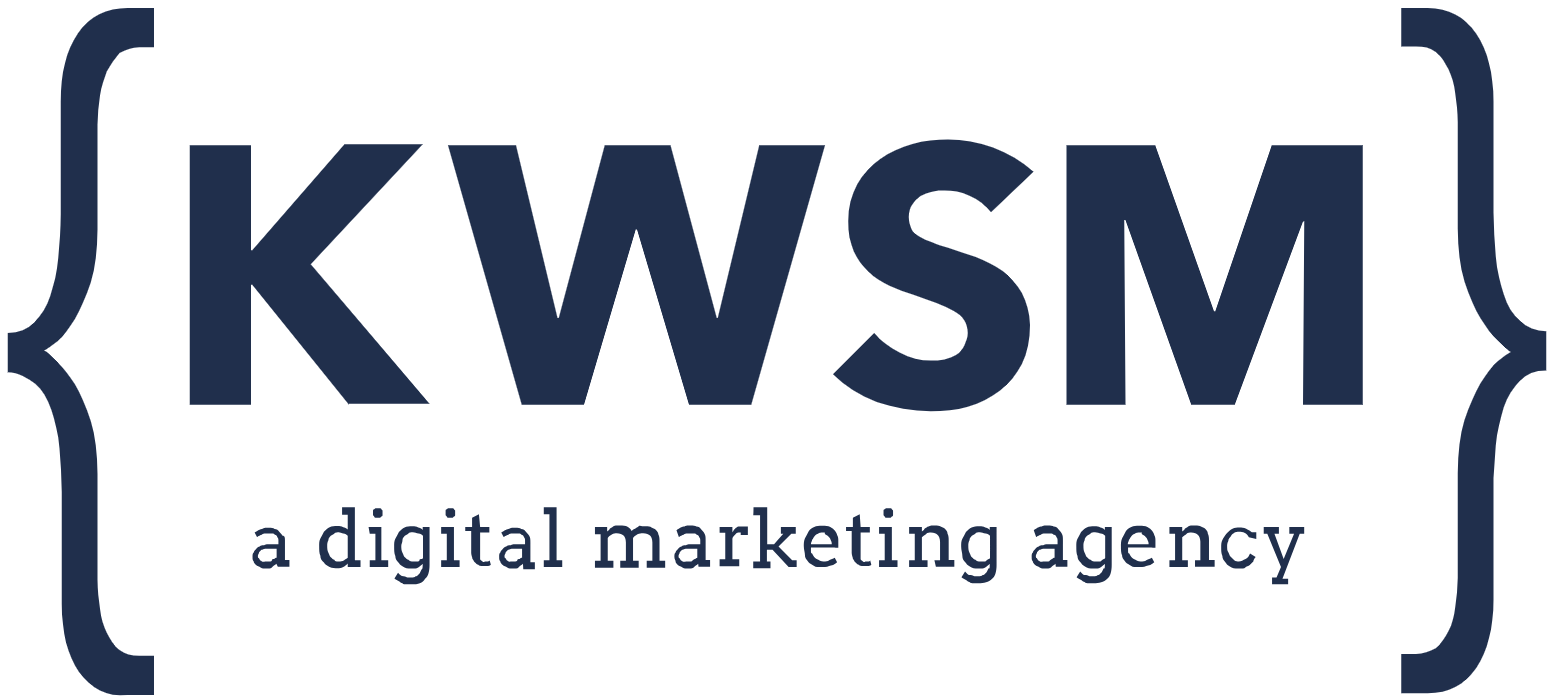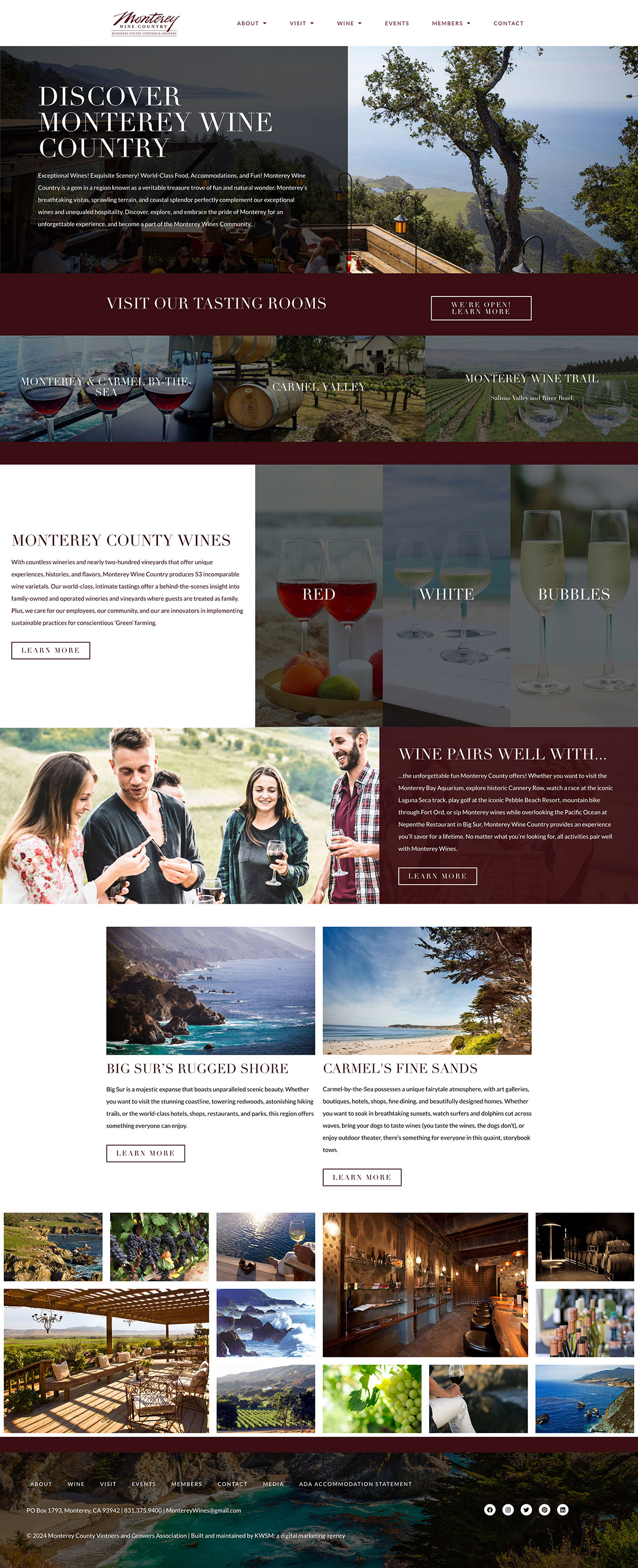
Social media is all about sharing good content and helping others. Results come from engaging, caring and providing value. My general rule is that only 20% of my posts on the various platforms are about me or my business. The other 80% are focused on sharing tips and curating good third party content that helps others.
This article is about the 20%.
Overview
You are ready to share a new product or service. Maybe you have a big sale coming up that you’d like to promote.
Here are 11 ways to share this news or update with your tribe (current and past customers, family, friends, and other followers on social media).
Before we get started, remember that in today’s digital world, we’re all media companies. Producing and sharing good content is now, in my humble opinion, mandatory if you want to survive in business. It’s also important to understand and appreciate the fact that while content is king, context is everything. Each platform is different (some more than others) so care must be taken to post to your tribe the right way on each platform.
Also make sure to start with a good profile on each social media platform. On the internet, you only have about the average attention span of a goldfish (9 seconds) to capture someone’s attention. Make sure to complete each profile with your picture, not a company logo, and short interesting bio as opposed to in my case, a boring lawyer bio (yes, I’m a lawyer).
Step #1: Website and Blog
Share your new, announcement or update in a properly written blog post. Use effective headings and appropriate keywords. Use a story format and write in your own voice and in a non-professional way. Make the post interesting and easy to read. Increase interaction by always including a picture, graphic or video in your post.
If you’re writing your blog posts like all the other people or businesses in your industry, then you’re probably doing things wrong. Be yourself and unique. Share your art.
If you don’t have a website or blog, this is your first high priority step. Everything is going mobile (smartphones and tablets) so make sure your site is mobile responsive (no exceptions). I’m a big fan of WordPress with Studio Press hosted on WPEngine.
Although I’m a trial lawyer, these approaches will apply to almost any kind of business. So, feel free to click here to see how we’ve setup our firm website and communication tips blog.
Step #2: Twitter
Share the catchy heading of your blog post, together with a short description sentence on Twitter. Include the link back to your post. Use a hashtag. Although Twitter allows for 140 characters, try and keep your post to about 120 characters to leave room for people to retweet with comments.
Because pictures attract more attention, add the picture you used in your post to your tweet. If you don’t have a picture, use one of the free or paid online services to grab an image that relates to your story (I like Fotolia). One of my favorite techniques is to download and use the free screenshot service called “Jing” by TechSmith to capture a picture of the top portion of my blog post to use later for posting on the other social platforms.
While you’re thinking of Twitter, take your blog post and break it down into 5-10 snapshots addressing key points and topics contained within your blog. Each snapshot or tweet is worded in its own unique and eye catching way. I use a Word or Google document and keep a list of these mini snapshot tweets for future use.
Sit down at night or early in the morning and use Hootsuite or Buffer to schedule these additional tweets once or twice a day, over the next 5-10 days. Each tweet links back to your original blog post.
Click here to see how I’m using Twitter.
Step #3: Linkedin
Take one or more of the tweets that you have listed in your Word document and share it on Linkedin, linking back to your blog post. Normally I do this in the above step by telling Hootsuite to send out the tweets I schedule to both Twitter and Linkedin.
Click here to see how I’m using Linkedin.
Step #4: Facebook
Again, I take one or more of the tweets I’ve listed in my Word or Google document and re-purpose the language for Facebook. Unlike Twitter, Facebook posts can be longer so I usually add a bit more information in Word before posting with the link back to my blog post.
Images are powerful attention grabbing magnets on Facebook and will result in more interaction, shares and comments. Because of this, make sure to include an image with your post. Rather than allowing the link to my blog post to automatically pull an image back into my Facebook feed, I prefer to upload my own image from the blog post. Doing this will display a larger image in your Facebook post.
I have a personal and business Facebook profile and depending on the nature of the content, I post to each once or twice a day. Click here to see how we’re using Facebook for the firm or here for my personal page.
Step #5: Google +
Google + is part of Google. What you post and share is indexed by Google and displayed in their search results. For this reason along you should include Google + in your efforts.
Just like on Facebook, you can share post, pictures and videos. Make sure to add “authorship” to your personal profile to build authority and influence. This will create a visual tie between you and your content. Creating and participating in Google Hangouts (see #10 below) is a strong play to increase influence and connections. Also keep an eye out for Google Helpouts as it continues to roll out.
Click here to see how I’m using Google + at my personal and firm profiles.
Step #6: Pinterest
If you’re not using this platform then you’re missing out. Upload the picture or screen shot relating to your blog post and add it to one or more of your Pinterest Boards. Several boards I’ve set up for my firm include current news, verdicts and settlements, legal tips, testimonials, videos, photos, podcasts, newsletter, and community service, just to name a few. You should setup boards that will be of interest to your customers.
After using the content in your Word document to complete the description in Pinterest, make sure to add 3-4 relevant hashtags at the end and also include your blog post link in the source link box. This way, when someone clicks on the picture they will be taken to your linked blog post.
I have both personal and law firm Pinterest sites. Feel free to click on the links to see how I’m using them.
Step #7: Youtube
Video is huge on social media. Within a year of posting our first video (it wasn’t very good but it was a start), we received hundreds of new client inquires and dozens of new cases. I was also featured in various high profile websites, blogs, and even the ABA Journal. Talk about good publicity!
If you haven’t already done so, setup your Youtube channel and start making and posting short 1-3 minute long videos. Also share other interesting videos about your activities and events on your channel. People will relate to you when they learn more about your interests, passions, and even your family.
You don’t need a fancy camera and the process is pretty simple. There are plenty of “how to” resources out there but I think you’ll figure things out once you complete and upload your first couple of videos. Using a lapel mic is key to getting good audio.
By far, the best videos we’ve shared are the ones that do not look like they are professionally shot. For example, one involved me stopping while riding my mountain bike and using my smartphone to shoot a selfie video about why staying healthy will help you be a better trial lawyer. It received a great deal of favorable traction and feedback once shared on all the platforms.
Putting the camera up on a tripod at the office and sharing my take on a breaking news event (called newsjacking) has also resulted in articles on Lawyers.com, national interviews, speaking engagements, and even being mentioned or profiled in more than one book. One bit of advice is to remember to pay attention to your background and how you look, and keep your video short and sweet.
Tip: Here’s a secret most people overlook. There are many services and programs that will allow you get the audio of your video transcribed so that you can use it for a future blog post. Others will allow you to rip the audio from the video which you can then use as a podcast more fully described below.
The key is to keep things interesting and snappy. Don’t be a boring business person. Don’t sit behind your desk and sound like bla, bla, bla. When I look back, I’m embarrassed to watch my first dozen videos. But guess what, it was a learning process and in the long run, it’s all good.
Here’s our Youtube channel if you’d like to see the bad and the good.
Step #8: SlideShare
This often overlooked platform is well respected and used successfully by marking pros around the globe. I’ve been neglecting this platform for far too long. This past weekend, I uploaded a new SlideShare about negotiation and within the first 24 hours it had more than 900 views and trended on Twitter and SlideShare. The response was so good that this presentation was then profiled on the SlideShare home page. Two days later, we’re over 2,000 views. The exposure for my firm was huge!
You can and should do the same thing with your company or business. Think about this for a moment. Take the blog post we’ve been talking about and break it down to a 15-20 slide presentation. Link back to your original blog post.
Here’s how we’re using SlideShare.
Step #9: Podcasts
Podcasts are very popular because mobile technology now allows us to easily listen to podcasts anytime and anyplace. Take your blog post and turn the content into a short 10-20 minute podcast. Start with a snappy and attention grabbing intro and then share your information using your own voice. Use your post as an outline and just share your message from your heart. Close with a call to action referring back to your website or blog.
Interviews are also a great way to expand your sphere of influence. Once you’re up and running, reach out and interview other people who your listeners might find interesting. When you’re done, share the link with your interviewee and he or she will almost always share the interview with their audience. This is a great way to expand your sphere of influence and increase the number of eyeballs to your website, blog and podcasts platforms.
There are plenty of resources our there to help get you started but my one stop “how to” podcast site is Cliff Ravenscraft’s Podcast Answer Man.
Once we add and upload a podcast to our host (we use Libsysn), we share the podcast link back at our original post. We also upload and link to Stitcher, iTunes, andSoundcloud.
Note, once my podcasts are completed and uploaded, I share the unique links of these three platforms to most of the above-mentioned social platforms. The heading and short description is changed from the earlier descriptions and posts. Links are also shared on the original blog post or website page, just in case a visitor would rather listen to the material.
Step #10: Spreecast and Google Hangouts
These live video platforms allow you to have your own internet television station. For me, Spreecast has been an awesome platform that has connected me with interesting and well known people from all around the world. I even had the chance to chat with two of my favorite Katies. I’m talking about Katie Wagner of Katie Wagner Social Media and American television journalist, author and talk show host, Couric Katie. How cool is that!
Some of the people I’ve interviewed are New York Times bestselling authors and celebrities with 250,000 to 1,000,000 Twitter followers. What do you think happens when they tweet out that they’re going to be on my Spreecast?
You can use these platforms to interview guests about legal topics or approaches. I’d also recommend that you do what I do and, depending on your passion, reach out and interview people associated with your unique interest. Your show may not have anything to do with the law but it will highlight the real you to your audience. This allows people to connect with you and that’s a good thing!
Promote your show on all the platforms well before the event and also afterwards (they’re recorded). Share the event links and embed the video of your interview at your blog and platforms. Many of my Spreecasts will have 1,000 unique views within the first hour or so and several thousand in the first 24 hours. Lifelong friends have been made simply from using this single platform.
As I mentioned in the Youtube section, you may also want to have your interviews transcribed or audio ripped for future use on blogs and podcast. Rarely is there a need to duplicate your efforts!
Here’s my Spreecast page to give you an idea about what I’m talking about.
Step #11: Vine, Instagram and Snapchat
Whether you “get it” or not, young adults are using these platforms and they’re becoming more and more relevant in the business world. Several high profile marketing experts are very keen on the future of these platforms. This in and of itself is good reason to get involved on these channels. Setup accounts and start using these platforms to share tips relating to your business or service in a fun way.
Take the screenshot image of the blog post and share it on Instagram with a link or reference back to your website or blog. Instagram will not allow you to hyperlink, so that’s why we setup a fun and easy to remember domain we direct viewers to. We tell viewers to visit MyLawyerRocks.com for more information
As an example, here is our Vine account and you can view our Instagram here. As of this post, Snapchat does not have a web based browser, so connect with me on the platform to see how we’re using it.
Final Thoughts
The above approach is working very well for me. A single blog post can be shared using the above method over several days or weeks. Whatever works for you is fine. Just take action and get started.
Keep in mind that what’s important on social is the 80% part of the equation. That is, engaging and helping others. However, when I do jump over to the 20% side of things, this is exactly how I do it.
Without a doubt, the best increase in influence and engagement I’ve experienced on the digital platforms have come from my efforts relating to other interests that complement the practice of law. When I blog about a legal theory or explain new statutes or case law, all I usually hear are digital crickets. But when I share a blog or social media post about my passions, family, youth sports, or family trips, the interaction and feedback explodes.
For example, I have a communication tips blog where I share a weekly communication tip. This blog is my passion and I enjoy providing useful ideas to help everyday people communicate more effectively. Over time, trust and rapport is established with people (my tribe) who share a common interest. When my tribe has a legal question or someone needs a lawyer, who do you think they call? You can and should do the same type of thing. Here’s my communication tips blog if you’d like to see what I’m talking about.
Along the same lines, I enjoy trying cases and sharing trial tips. My Google Plus Trial Lawyer Tips Community is one of the platforms I use to expand this interest. Over the past year, the community has grown to over 1,500 members (mostly lawyers) sharing hundreds of outstanding trial tips. Maybe you should start your own Google + Community? Click here to visit or join this community.
Conclusion
Today, smart business owners use social media to inspire, inform, educate and build new relationships. Hopefully you will use some or all of these ideas to do the same thing. I encourage you to use the different approaches in this article and start incorporating social media into your daily activity to expand your sphere of influence.
But remember one thing. Social is not a sprint, it’s a marathon. Be patient and consistent in your efforts. Be transparent, share your unique art, and good things will happen.
I hope you found this article useful and I look forward to seeing you on the digital platforms!











